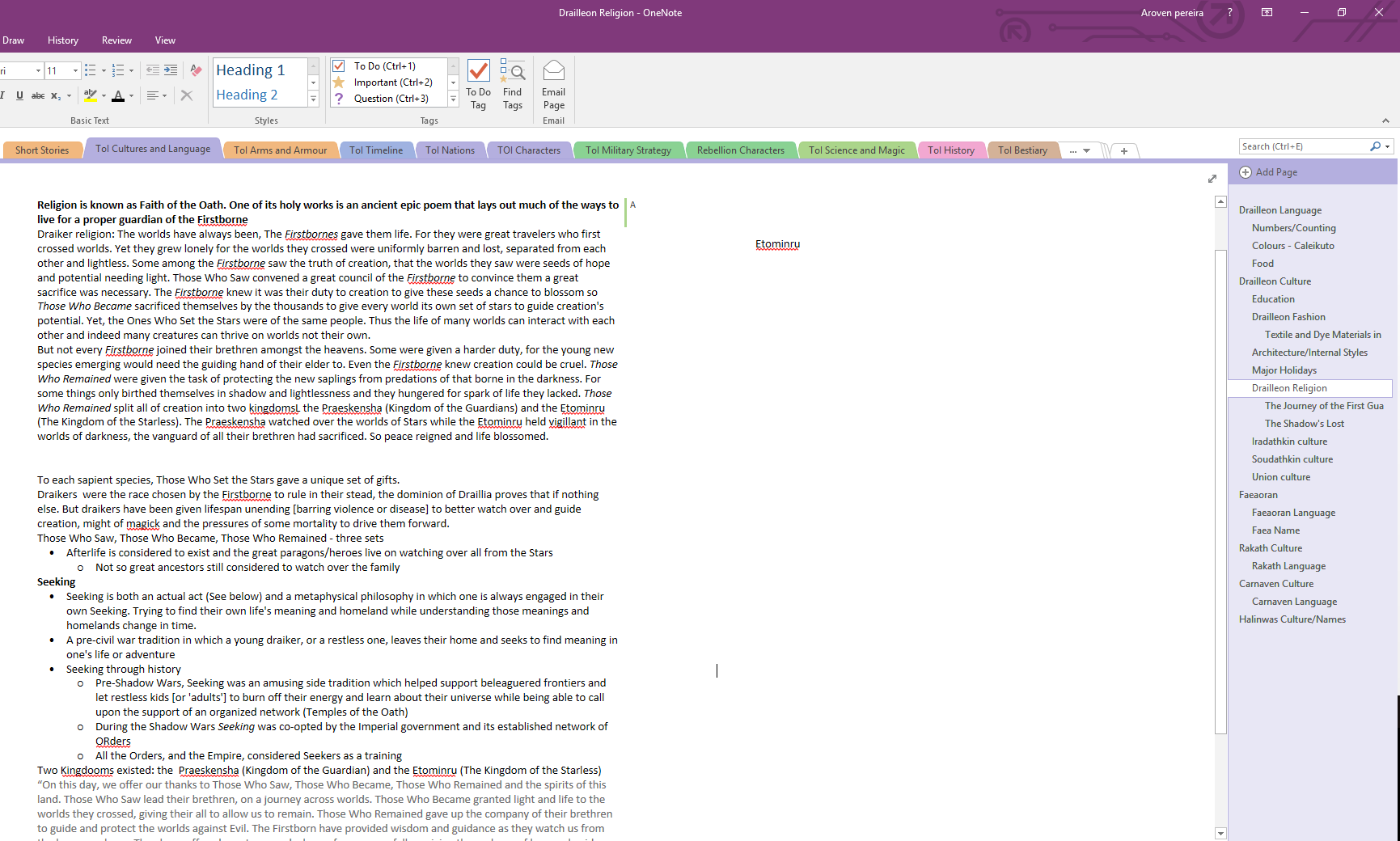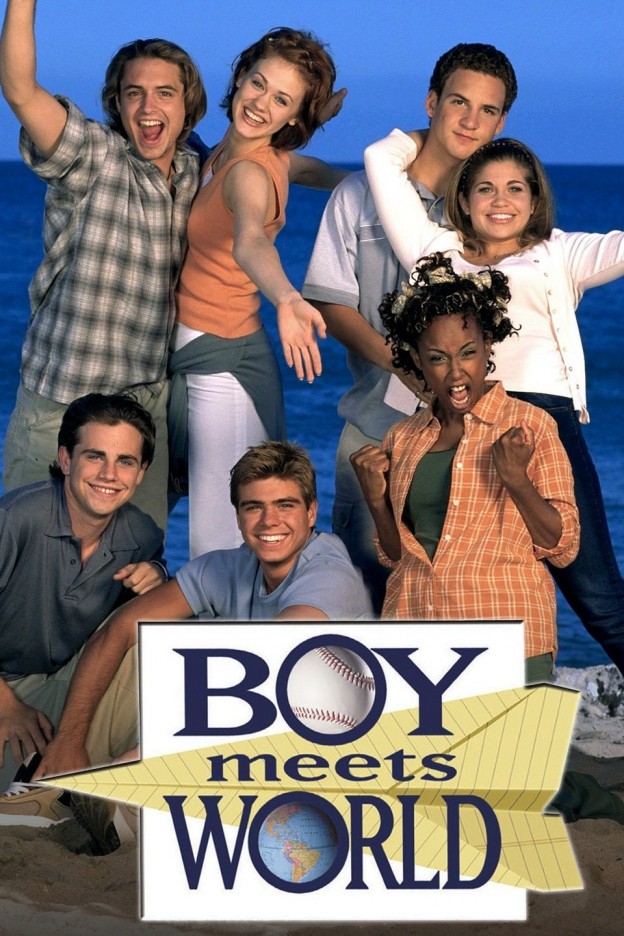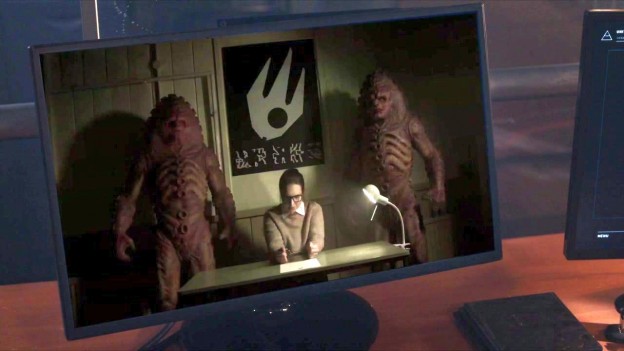In my final quarter of university, I had to take a ‘portfolio’ class. The idea behind the class was to help students tie all of their humanities learning together into something they could talk about. It was all about figuring out what we’d been doing in school and cementing those last few lessons the university was supposed to be teaching us (like how to sell our skills). Mostly it was a bollocks class that tried to teach me how to write a gods damned essay for the billionth time, we made roadmaps of our time in University of Washington Bothell (Pictures). The one thing I can credit the class with was it did help me realize that I love stories. As a mythology-focused anthropologist, writer and – at the time – game designer, I am fascinated by the stories we tell to define the world around us. As an educator, I’ve come to realize that one of the most important tools you can equip a person with is the ability to tell their own stories.
Stories are the life blood of humanity. Almost as soon as we can talk, we’re telling tales. Young children always have something they want to tell you, even if they’re literally retelling the last twenty seconds of events. But we put down these tools of imagination as we grow up, swapping them for the technical, quantifiable and testable skills of science, technology, engineering and math or abandoning them out of self-consciousness. By middle school/junior high, the kids who still fight invisible monsters and pretend to grand adventures are weird or childish. Either kids are aimed at the drama department or left to tell stories on their own time, with the implication that stories are for reading and the odd project, not real life. The script is wrong.
I have run Dungeon & Dragons, D&D, for middle schoolers, LARPed (live action roleplay) with elementary school kids in the woods and watched twelve-year olds write and draw comics far better than anything I could have done, and been paid for all of them. I’ve run programs for kids who wanted to make video games, stop motion movies, or live action movies. Seen kids who hate reading record themselves playing a game, pretending they’re Youtubers recording for an audience. Through all of them, I’ve seen kids learn how to communicate, cooperate and collaborate. They’ve learned teamwork, leadership and some sneaky math to boot. But most importantly, they learned that it’s still okay to express themselves in narrative. That ‘actual adults’ haven’t completely given up on telling stories. These groups of kids weren’t just the nerds and geeks of their peer group either. Jocks, preps and all the other social groups played D&D in the program. Even the most serious kids found a niche for themselves during the Live Action Roleplay where we pretended the camp was a feudal realm and hit each other with foam swords in the woods. The joy on their faces, especially the older ones, the ones ‘aging out’ of the world of storytelling, was a sight to see.
Now, I’m almost sure we’ve fallen trap of thinking here. How many of you kept thinking of books, comics and movies when I was talking about stories? Maybe some of you went to plays instead, bravo. I knew the trap was there and I still fell into as I wrote this. I don’t know if we can truly avoid it with the way English is structured but the trap is still a falsehood.
There are the obvious ways to tell a story. You can write a book, an article or a poem. You can film a movie. You can act a tale. You can draw, or animate. But there are other ways, less obvious ways. Musicians, those who free style or those who play from sheet music are telling a story in the flow of the music. The composers of songs use the notes to tell the audience a tale, if you know how to listen. Dancers tell their own stories, and not just the interpretive dancers. Even the technically adherent ballerina is part of retelling a story of a choreographer. Artists of every type leave a story behind in their pieces. You can draw a literal storyboard but even the most absurdly abstract piece of art says something. That two thousandth still life study that a power art student is doing right now still describes the fruit and the moment in time, and in collection with the other thousand, the artist’s growth (or lack of). Photographers have their own maximum for it, ‘a picture is worth a thousand words’.
Maybe you don’t want to be an artist though. You like all the science and maths you do. Great, but even the simple chemistry equation tells a story. Maybe not be an interesting one but it’s there. The least obvious of all storytelling techniques is the most common though. You can say it. Kids start telling stories before they start writing them, people have been telling stories since before writing existed. You do it all the time anyway, like when you talk about James from Accounting or tell your friend what you did over the weekend. The trick is realizing you’re doing it.
Tell stories on purpose. It doesn’t matter how; it doesn’t matter if they’re good; it doesn’t even matter if they’re math equations. Stories are the soul of humanity. No one has every truly stopped telling them and it’s about time we realize that.






 My Mic Stand. Professional.
My Mic Stand. Professional.